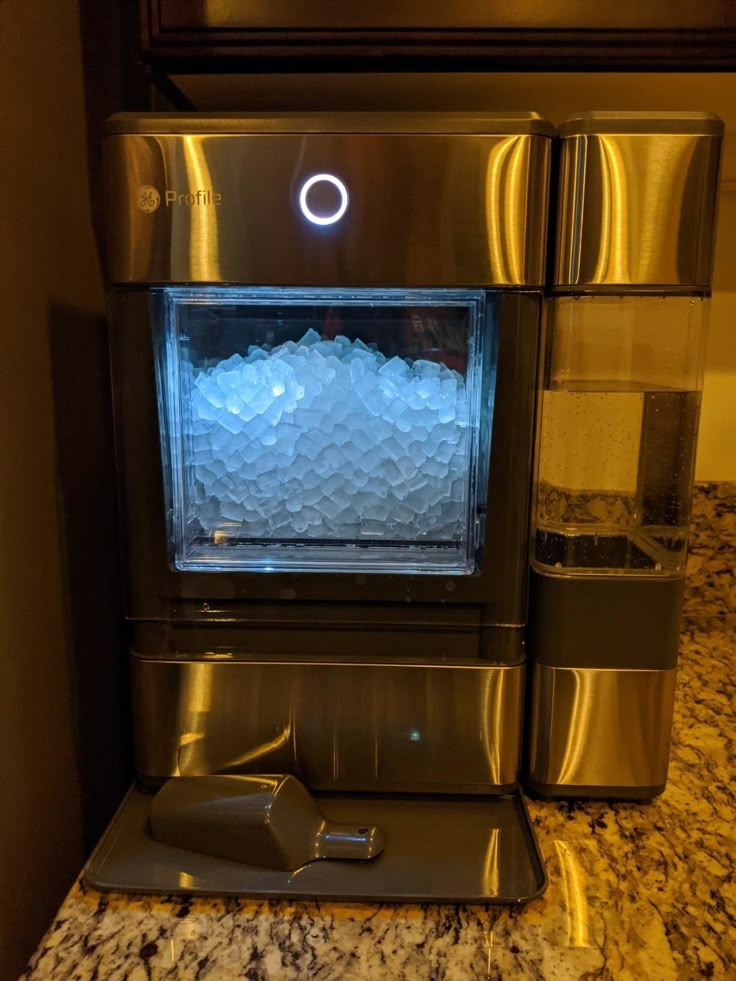For college students, a compact refrigerator is more than just an appliance; it’s a lifeline. Dorm rooms, with their notoriously limited space, demand smart solutions for storing snacks, drinks, leftovers, and even a few frozen treats. The right mini-fridge can transform a cramped living area into a functional and comfortable personal space, ensuring students have easy access to their favorite refreshments without constant trips to a communal kitchen or dining hall.
Why a Compact Refrigerator is a Dorm Room Essential
The benefits of having a mini-fridge in a dorm room are numerous:
- Convenience: Quick access to cold drinks and snacks for late-night study sessions or early morning classes.
- Cost Savings: Reduces reliance on expensive campus convenience stores or vending machines.
- Food Preservation: Keeps perishable items fresh, from fruits and yogurt to takeout leftovers.
- Personal Space: Provides a designated area for personal food items, avoiding communal fridge issues.
- Hydration: Encourages students to drink more water, especially important during stressful academic periods.
Key Features to Look for in a Dorm Room Refrigerator
When selecting a compact refrigerator for a dorm room, several features stand out as crucial for maximizing space, efficiency, and student life:
- Size and Capacity (Cubic Feet):
- 1.6 – 2.5 cu. ft.: Ideal for basic needs like drinks, snacks, and a few small meal items. Very compact.
- 3.0 – 4.5 cu. ft.: Offers more versatile storage for larger items, like these meal prep ideas from Hummus Fit, and shared use with a roommate. This is often the “sweet spot” for many dorms.
- Dorm Regulations: Always check university or dorm regulations for size limits before purchasing.
- Freezer Compartment:
- Integrated Chiller: A small compartment within the main fridge, suitable for ice cube trays or very small frozen items. May not keep items solidly frozen.
- Separate Freezer Door (True Freezer): Offers a dedicated, colder space for ice cream, frozen meals, and longer-term frozen storage. This is highly recommended for students who want to store frozen foods.
- Noise Level: Dorm rooms are often small, and a noisy compressor can be incredibly disruptive, especially at night. Look for models explicitly advertised as “quiet” or with low decibel (dB) ratings. Thermoelectric cooling systems are typically silent but offer less powerful cooling.
- Energy Efficiency (ENERGY STAR® Certified): Essential for keeping electricity bills down and for environmental consciousness. ENERGY STAR® certification ensures the unit meets strict energy-efficiency guidelines.
- Reversible Door Hinge: This allows you to change which way the door opens, providing flexibility for placement in tight or awkward dorm room layouts.
- Adjustable Shelving and Door Bins: Maximizes usable space and allows for customization to fit taller bottles or various-sized containers.
- Design and Aesthetics: While not strictly functional, a mini-fridge that matches a student’s personal style (e.g., retro designs, different colors) can add a touch of home to their dorm room.
- Additional Features:
- Dry-Erase Door: Some models feature a door that doubles as a dry-erase board, great for notes or doodles.
- Can Dispensers: Built-in racks for soda cans can optimize space.
- Crisper Drawer: A small drawer for fruits and vegetables helps keep produce fresh.
Top Brands and Models to Consider
Many reputable appliance brands offer excellent compact refrigerators suitable for dorm rooms. Popular choices often include:
- Midea: Known for a good balance of features and value, often with dual-door options.
- Frigidaire: Offers a range of sizes, including retro styles and models with dry-erase doors.
- GE: Provides reliable options, often with separate freezer compartments.
- Insignia (Best Buy’s house brand): Frequently offers good value and ENERGY STAR® certified models.
- Black+Decker: Known for compact and energy-efficient designs.
Placement and Maintenance Tips
- Ventilation: Ensure adequate space around the fridge for proper airflow (check the manual for specific clearances) to prevent overheating and maintain efficiency.
- Level Surface: Place the fridge on a flat, stable surface to ensure proper operation and minimize noise.
- Defrost Regularly: If your fridge has a manual defrost freezer, defrost it periodically to prevent ice buildup, which reduces efficiency and storage space.
- Keep Clean: Wipe down the interior regularly to prevent odors and spills.
A compact refrigerator is an indispensable tool for college students, providing convenience, comfort, and a touch of home in their dorm room. By carefully considering size, features, and energy efficiency, students can choose the perfect mini-fridge to support their academic journey and enhance their living space.

